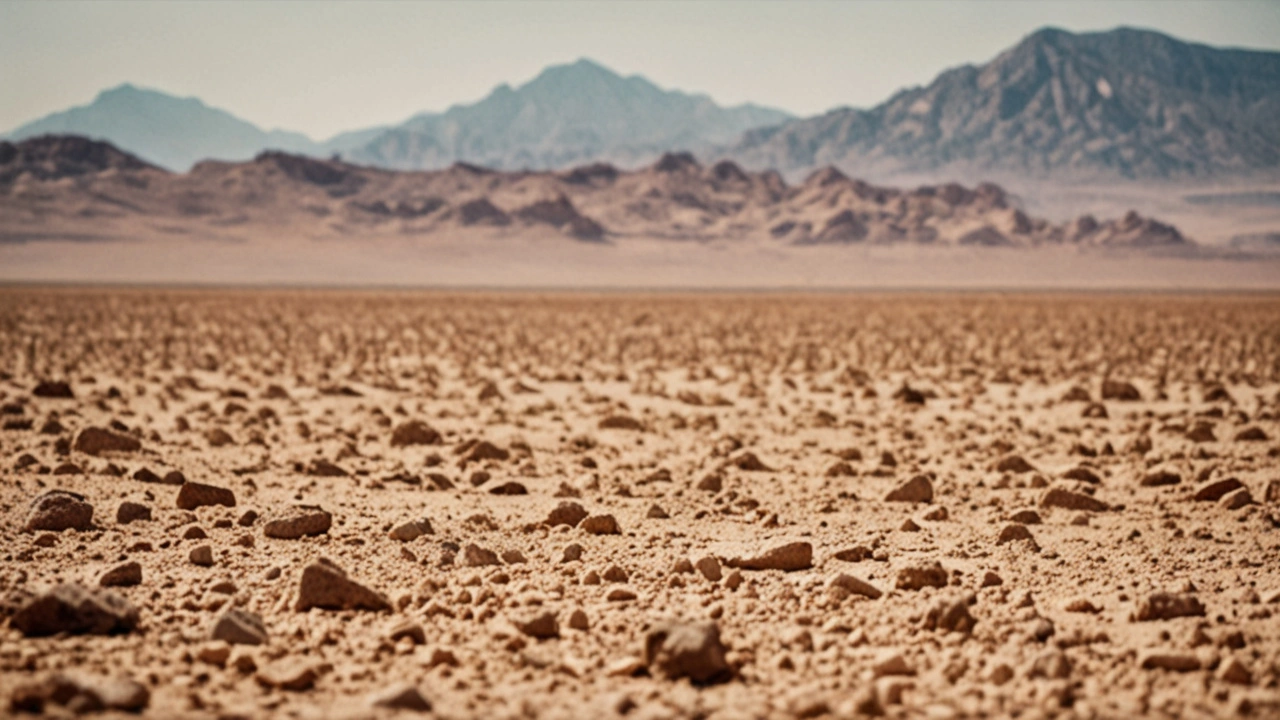Understanding Extreme Temperatures and Their Effects
Extreme temperatures aren’t just about uncomfortable weather—they can throw entire communities and economies off balance. Across Africa and other parts of the world, sudden spikes or drops in temperature impact health, agriculture, water supplies, and energy use. Knowing what’s behind these swings and preparing for them helps us better adapt and protect ourselves.
In places like Kenya and South Africa, heat waves have become more frequent and intense, stressing people and wildlife alike. For farmers, higher temperatures combined with less predictable rainfall mean tougher seasons for crops, which can affect food availability and prices. Heat waves also increase risks of heat exhaustion and worsen existing health problems, especially for the elderly and children.
Heat Waves in Africa: Real-Life Challenges
Take South Africa, for example. The country recently dropped a planned VAT increase partly to ease budget pressures caused by inflation linked to climate stressors, including heat. Meanwhile, in Kenya, tragic events like the AMREF air ambulance crash in Mwihoko remind us how extreme conditions and their consequences can ripple through safety systems and daily life.
It’s not just about the weather changing; it’s about how those changes disrupt transport, health, and livelihoods. With rising global temperatures, many African cities face an urgent need to upgrade infrastructure to handle intense heat and occasional cold snaps brought on by shifting weather patterns.
What Can We Do To Handle Extreme Temperatures?
Adaptation means looking at better building designs, more efficient water use, and improved health warnings. Communities can adopt early alert systems for heat waves, encouraging people to stay hydrated and avoid midday sun exposure.
On a bigger scale, tackling climate change causes is key. This includes reducing emissions, investing in renewable energy, and protecting Africa’s natural carbon sinks like forests. While it might sound like a massive effort, small changes at local levels add up to stronger resilience against extreme temperatures.
From keeping hydrated during heat waves to supporting broader climate policies, everyone has a role. By understanding the risks and acting smartly, we can face extreme temperatures with fewer shocks and more solutions.

US Endures Unprecedented Heat Wave, Shattering Records and Claiming Lives
A relentless heat wave gripping the United States has broken temperature records and led to numerous fatalities. The West, including Death Valley, experienced exceptionally high temperatures, with tragic consequences. Northern California, Phoenix, Las Vegas, and higher elevations like Lake Tahoe have also faced unprecedented heat levels. Predictions suggest temperatures could reach 130 degrees in Furnace Creek.
